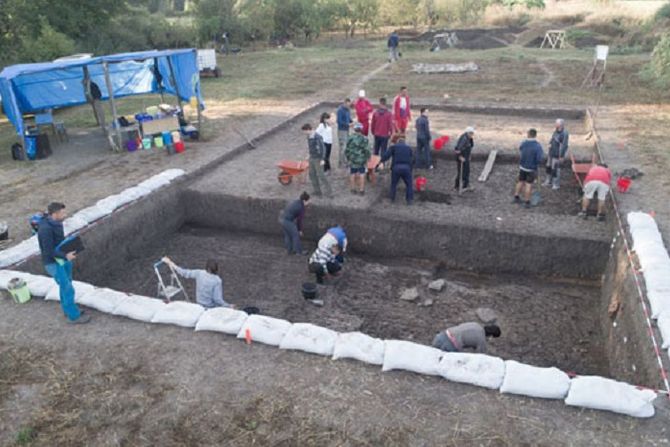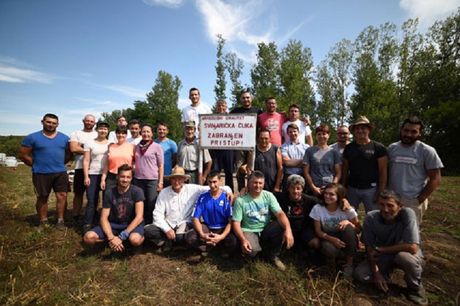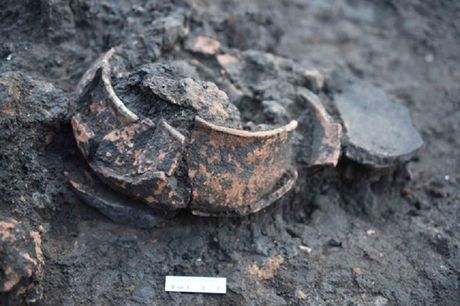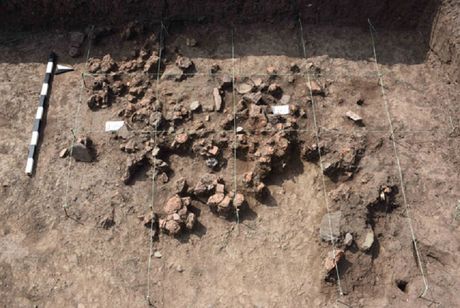
Incredible discovery at Svinjaricka Cuka: A 7,500 years old settlement found
After the second phase of exploration in the Svinjaricka River valley, experts concluded that numerous archeological remains indicate the presence of what had been "a constant settlement on the river terraces by prehistoric and protohistoric communities," Vecernje Novosti reports.
The results of this year's exploration showed that this area, in the vicinity of the late antique era site of Caricin Grad, had been inhabited in the Middle Neolithic, Late Neolithic, as well as during the Middle and Late Bronze and Old Iron Age, in the period from the 6th to the 1st millennium BC.

The exploration was carried out within two archeological probes exploring a total of 180 square meters. The oldest remains discovered to date can be dated to the 6th millennium BC, and these are artifacts typical of the Starcevo Culture.
The exploration horizon of the dwelling, measuring about 36 square meters, contains not only a large number of tools, pottery and figurine fragments, but also possible remains of a furnace floor. Explorers indicate that they discovered a layer of a ruins, consisting of a small number of architectural elements that had burned intensely, indicating a construction technique that includes glue covering various ceramic vessels, tools and other finds.
ORGANIC EVIDENCE IN VESSELS

"Future tests of organic residues from vessel walls will indicate whether their original contents have been preserved even after 7,500 years. In the younger layers, the remains of the corner of a house and fragments of pottery have been discovered, which can be dated to the 2nd millennium BC or the Middle to Late Bronze Age. The river terrace on which the site lies was also inhabited during the early Iron Age or during the first millennium BC," points out Barbara Horejs, director of the Institute for Oriental and European Archeology (OREA) in Vienna.
This fact is indicated by remains of pits, architecture and pottery fragments found at the site. Experts add that the youngest archeological remains can be linked to the neighboring site Caricin Grad, that is, to the late antique and Byzantine period.

They point out that the results of this year's campaign, conducted from mid-August to mid-September, met their ambitious expectations and provided a solid basis for further exploration and more detailed analysis of the remains discovered. As announced, exploration planned for next year should provide more detailed data and a deeper insight into the past of this region, which was inhabited by early farming communities in the Pusta River area about 8,000 years ago.
Archaeological excavations in the Leskovac area are part of a broader context of exploring the path of Neolithic Europe. Experts are studying the emergence of agriculture and that lifestyle which spread from the Middle East to the south of Europe and further to the north of the continent.
(Telegraf.rs/Vecernje Novosti)
Video: Stojisavljević: "Na raščišćavanju snega angažovano 380 vozila i 2.180 radnika po smeni"
Telegraf.rs zadržava sva prava nad sadržajem. Za preuzimanje sadržaja pogledajte uputstva na stranici Uslovi korišćenja.

